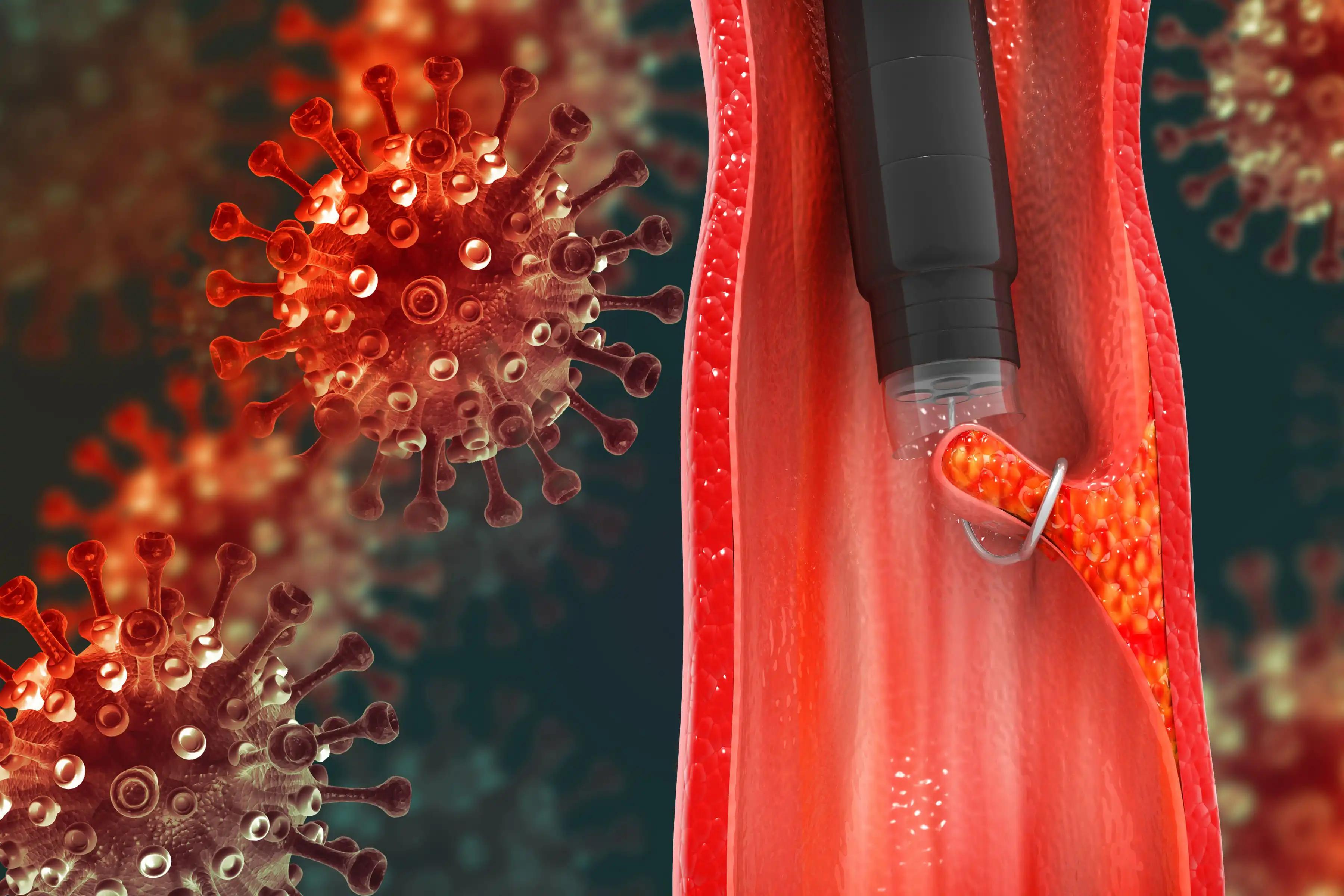KEY TAKEAWAYS
- The phase 3 BEACON CRC study demonstrated the efficacy of the BRAF inhibitor encorafenib in combination with cetuximab for patients with BRAFV600E-mutated mCRC who had progressed after 1-2 previous regimens.
- This analysis provides a detailed examination of the AEs of interest with encorafenib+cetuximab in the BEACON study, focusing on dermatological AEs.
- Safety analysis of the doublet therapy group showed that dermatological toxicity was the most commonly occurring AEI (75.5%), followed by arthralgia/myalgia and fatigue/asthenia (56.0% each).
- Most AEs were mild-to-moderate in severity, occurring early (within the first 1-2 months of treatment) and resolving rapidly (within 1-2 weeks). Nephrotoxicity was rare, with only 7 patients affected, and most AEs were Grade 1 or 2.
- Patients experiencing arthralgia/myalgia or dermatological toxicities had better survival outcomes.
Encorafenib, a BRAF inhibitor, in combination with cetuximab has just been approved for patients with BRAFV600E-mutated (BRAFV600Emut) metastatic colorectal cancer (mCRC). Approving data came from the phase 3 BEACON CRC research, which involved patients with BRAFV600Emut mCRC who had progressed after receiving 1-2 prior treatments. Given the inexperience with encorafenib+cetuximab, this research provides a detailed review of the AEs of interest (AEIs) in the BEACON study to help gastrointestinal oncologists.
The incidence of adverse events of interest (AEIs) in the doublet treatment group was evaluated, including dermatological AEs, arthralgia/myalgia, nausea/vomiting, diarrhea, abdominal discomfort, fatigue/asthenia, and nephrotoxicity. They also looked at the clinical characteristics of these AEs and their severity, duration, and remission.
Around 216 out of 220 patients who were assigned to double treatment were included in the safety analysis. Dermatological toxicity (75.5%) was the most prevalent AEI, followed by arthralgia/myalgia (56.0%) and fatigue/asthenia (56.0%). The most common adverse events (AEs) were Grades 1 and 2, with the exception of nephrotoxicity (7 individuals, 5/7 of which were Grades 3 or 4). Women were more likely to experience AEs than males, especially gastrointestinal and musculoskeletal symptoms such as nausea, vomiting, diarrhea, abdominal discomfort, skin reactions, and arthralgia and myalgia.
Those younger than 70 were more likely to report symptoms like nausea/vomiting, abdominal pain, and fatigue/asthenia. Most adverse events (AEs) occurred within the first two to four weeks of treatment and subsided within that time frame. The survival rates of patients who experienced either arthralgia/myalgia or dermatological toxicities were higher than those who did not. Data from this study showed that most patients tolerated encorafenib+cetuximab well, with the majority of adverse events being low to moderate in severity, appearing early, and passing quickly.
Source: https://pubmed.ncbi.nlm.nih.gov/36653241/
Clinical trial: https://clinicaltrials.gov/ct2/show/NCT02928224/
Taieb, J., Lonardi, S., Desai, J., Folprecht, G., Gallois, C., Marques, E.P., Khan, S., Castagné, C. and Wasan, H. (2022). Adverse Events Associated with Encorafenib Plus Cetuximab in Patients with BRAFV600E-mutant Metastatic Colorectal Cancer: An in-depth Analysis of the BEACON CRC Study. Clinical Colorectal Cancer. doi:https://doi.org/10.1016/j.clcc.2022.12.003.



